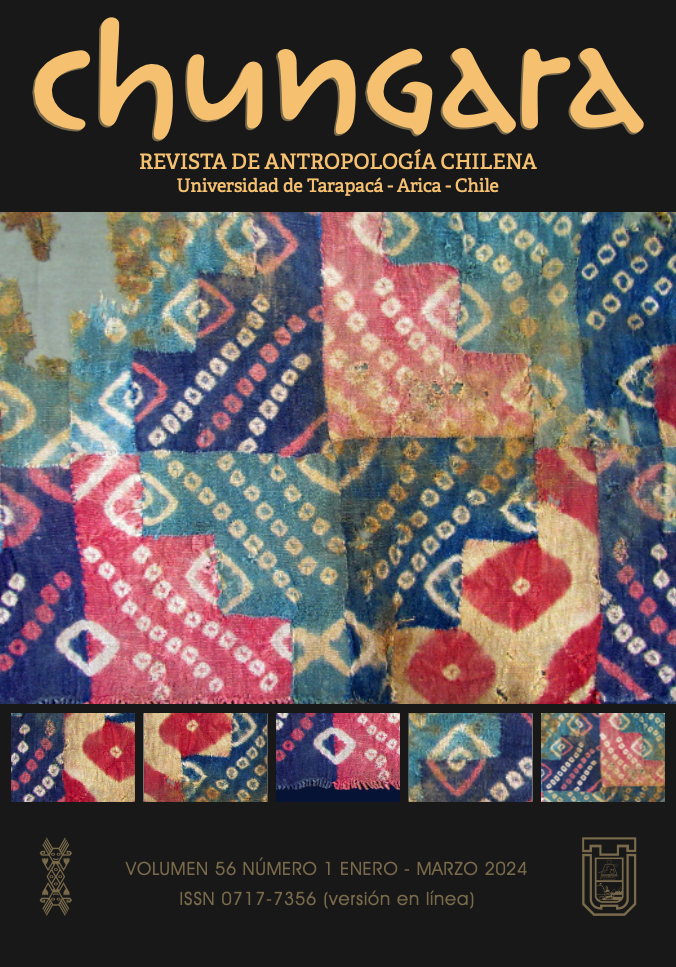HUMAN SETTLEMENTS AROUND THE WETLANDS OF VALDIVIA CITY FROM PRE HISPANIC TO COLONIAL TIMES
ASENTAMIENTOS HUMANOS EN TORNO A LOS HUMEDALES DE LA CIUDAD DE VALDIVIA EN TIEMPOS PREHISPÁNICOS E HISTÓRICOS COLONIALES
Leonor Adán Alfaro, Simón Urbina Araya and Margarita Alvarado Pérez
Caravans are historically specific and can be found in arid lands and mountains of different parts of the world, sharing characteristics such as domesticated animals with specific morphologies and behavioural traits which impose distinctive constraints on human action; patterns of mobility associated with specialized foraging and pastoralist societies; efficient trail routes; reliance upon oases and stations that served as points of trade, exchange and caravan provisioning; representations (“art”); structures and landmarks near and/or related to caravan trails; and the rapid disappearance of these resources through modern development and destruction. Globally, there is great variability as well as similarity in caravan development, use, and structure. Organized caravans seem to have appeared as a result of complex international economies, polities, social and religious networks, and we have good archaeological, historic and ethnographic data brought to light in recent decades that has improved our understanding of the organization and use of ancient caravans worldwide, and their changes through time.
Tags: Wetland archaeology, historical wetlands, Valdivia, Guadalafquén, wall of Duce







